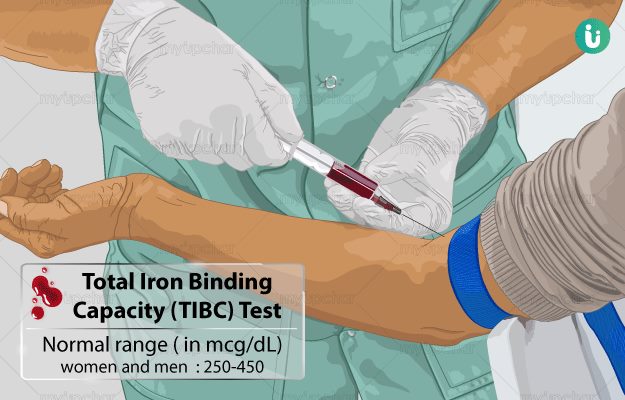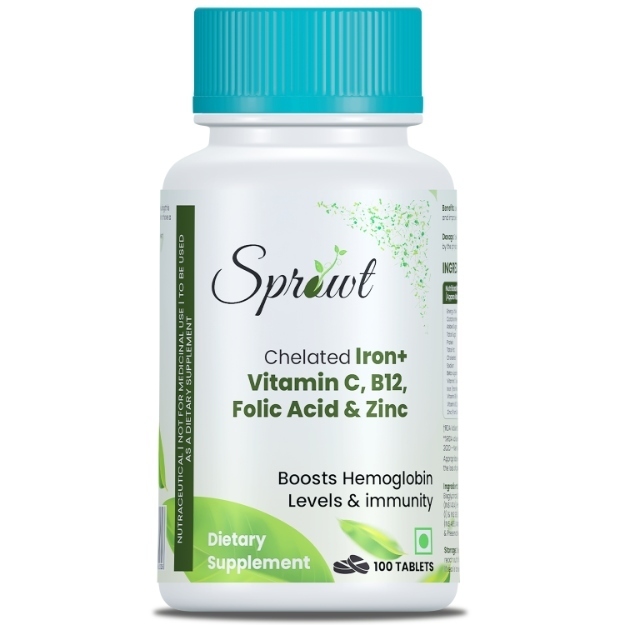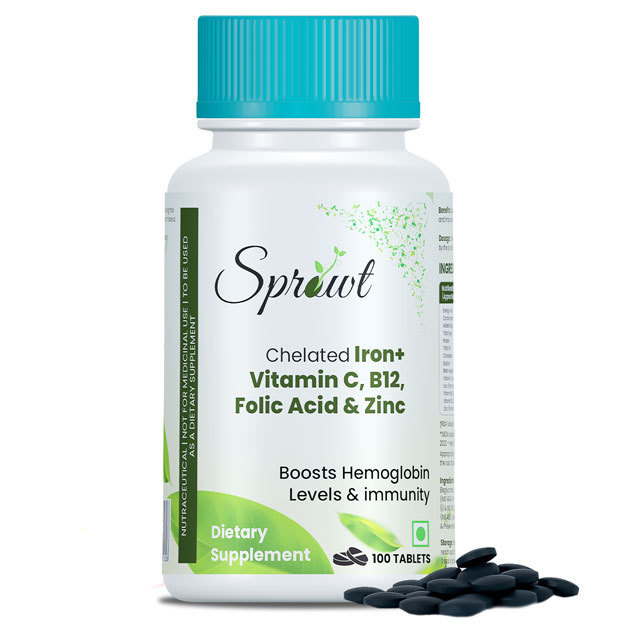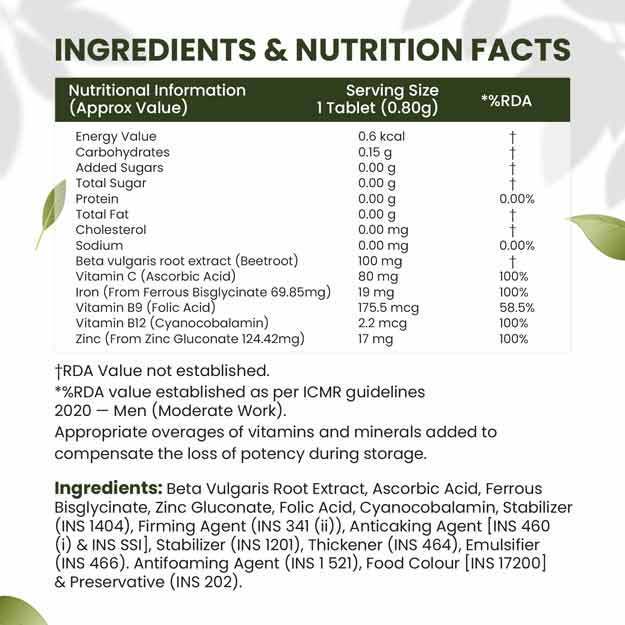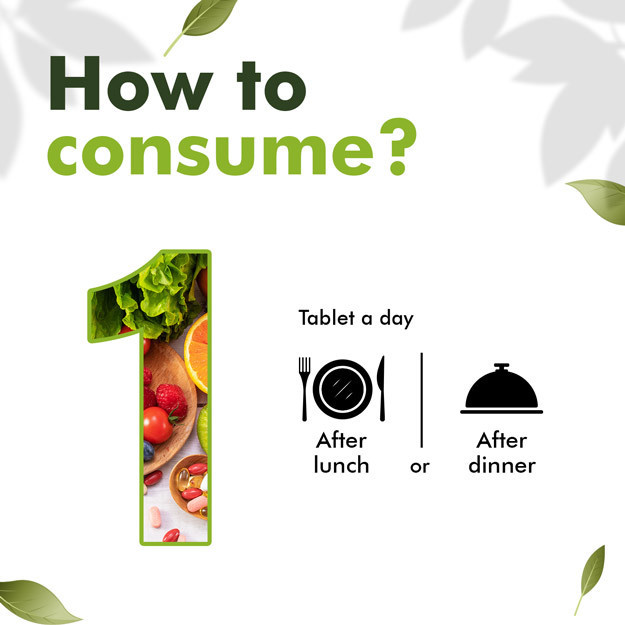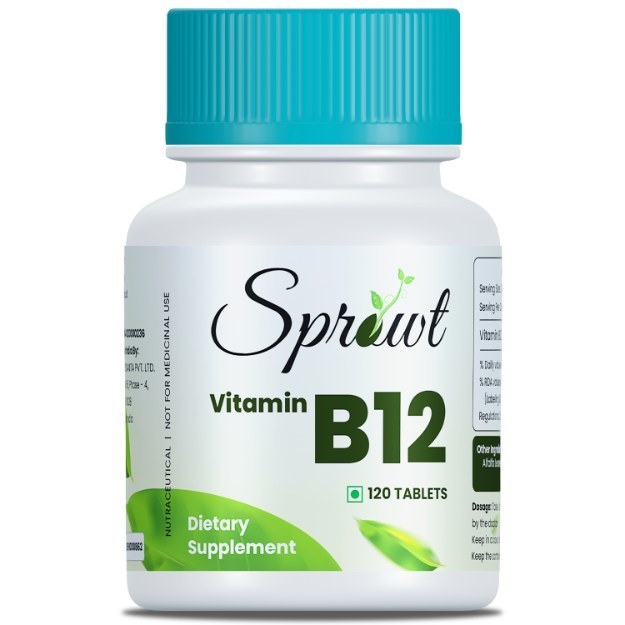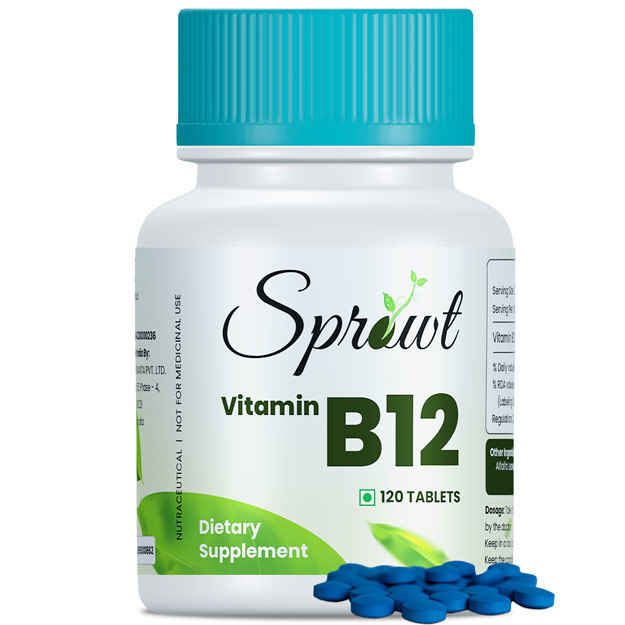What is Total Iron-Binding Capacity (TIBC) test?
A total iron-binding capacity (TIBC) test measures the total amount of proteins in your blood that can bind to iron.
Iron is an important element that your body requires to make haemoglobin - a protein which carries oxygen throughout the body. Thus, a reduction in the amount of iron will lead to reduced haemoglobin. Approximately 65% of iron is carried in the red blood cells by haemoglobin. However, iron is also found in several locations of the body. About 4% of iron is found in skeletal muscles. Ferritin, a protein present in the spleen, liver and bone marrow, contains 30% of iron. The remaining iron is carried in the blood, bound to iron-binding proteins.
Transferrin is the main iron-binding protein that carries and transports iron throughout the body. However, only one-third of the total transferrin in the blood is used to carry iron. Thus, the blood can have a lot more iron than it normally has. This is known as the unsaturated iron-binding capacity (UIBC). TIBC is the sum of UIBC and the iron present in the blood.
TIBC measurement is an indirect but accurate method to measure transferrin. In individuals with iron deficiency, TIBC levels are found to be higher than the normal values; and in conditions which increase the iron levels in your blood, TIBC levels will be normal or low.
(Read more: Iron test)

